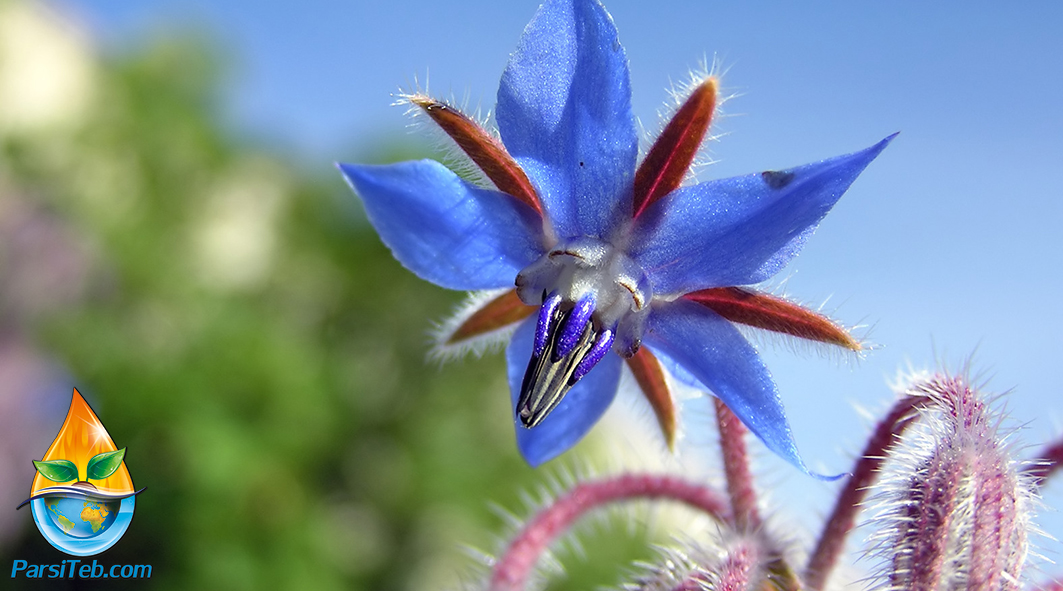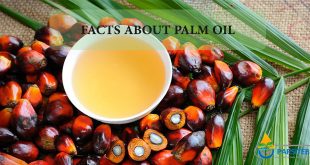The bright blue, star-shaped flowers (which bloom most of the summer) make borage one of the prettiest herb plants, thought the dark green leaves are rather plain. The flavor of the leaves resembles that of cucumber. The plant will grow to a height of about 18 inches, and spread about 12 inches. This hardy annual has a messy, straggling habit. It is a native of northern Europe, and grows well in the temperate regions of North America.
Cultivation
Borage is not a fussy plant, but the richer the soil, the bushier the plant will be. It prefers full sun, and needs protection from wind as it is easily blown over. Seeds can be sown throughout the season, and once growth is established, it will continue to seed itself. Place plants close together so they can support each other. A plant or two in an indoor pot will provide leaves all winter, but it will need lots of sun.
Borage is an excellent companion plant for tomatoes, squash and strawberries. The plant actually improves the flavor of tomatoes growing nearby.
Culinary Uses
Borage flowers and leaves are the traditional decoration for gin-based summer cocktails, and may be set in ice cubes to garnish other drinks.
The flowers and young leaves may be used to garnish salads. dips, and cucumber soups.
Candied borage flowers make attractive cake decorations.
Chopped leaves can be added to soups and stews during the last few minutes of cooking.
The leaves can be cooked with cabbage leaves (two parts cabbage, one part borage.)
Borage does not dry well for culinary use.
Medicinal Use
Because it is a tonic plant for the adrenal glands, borage provides an invaluable support for a stressful lifestyle.
Borage is rich in minerals, especially potassium.
A tea made with borage helps to reduce fevers and ease chest colds.
An infusion of borage acts as a galactogogue, promoting the production of milk in breastfeeding mothers.
Other Uses
Borage makes an excellent facial steam for improving very dry, sensitive skin.
The flowers may be dried to add color to potpourri.
 Parsi Teb Physical and Mental Health Journal
Parsi Teb Physical and Mental Health Journal 



